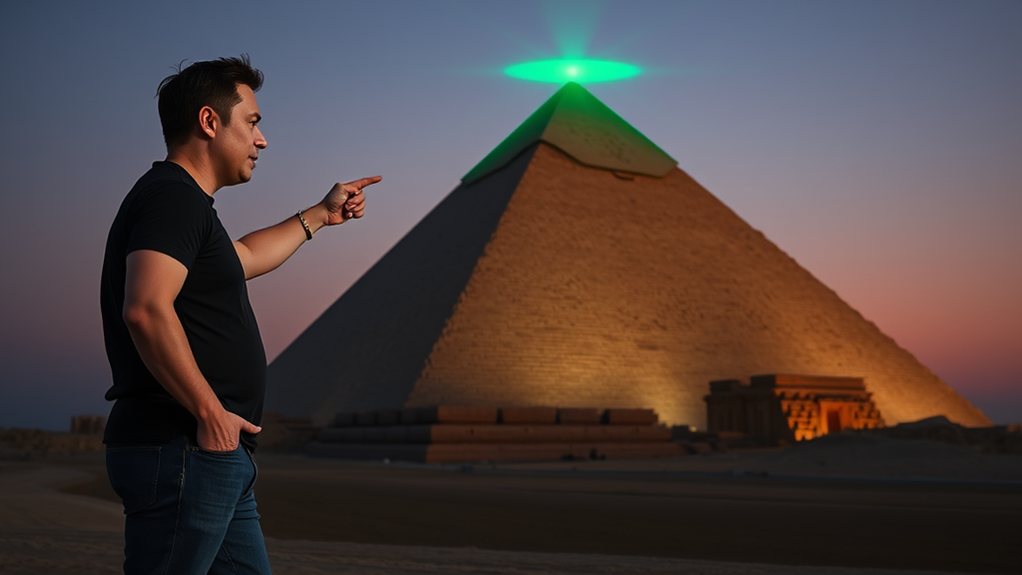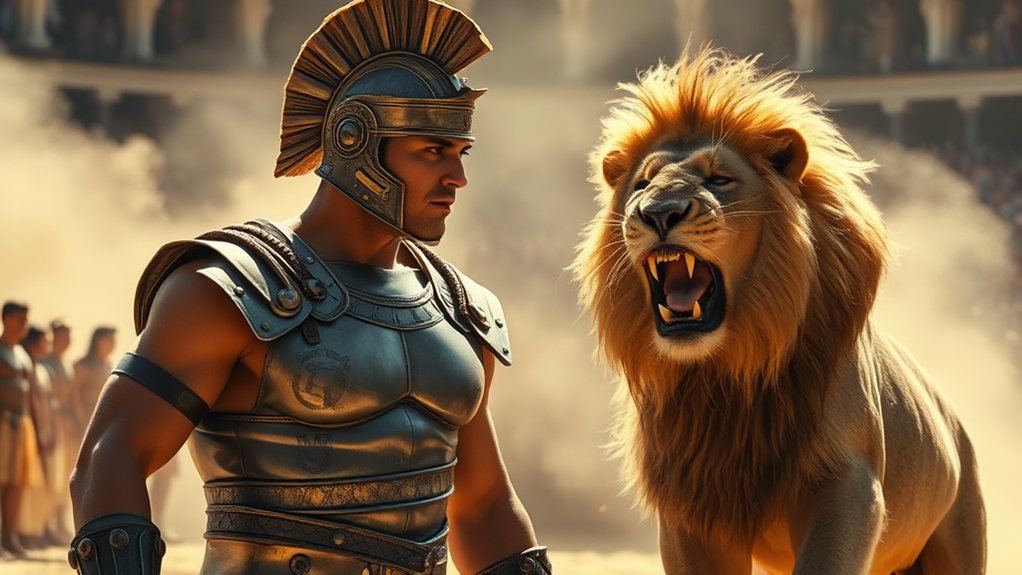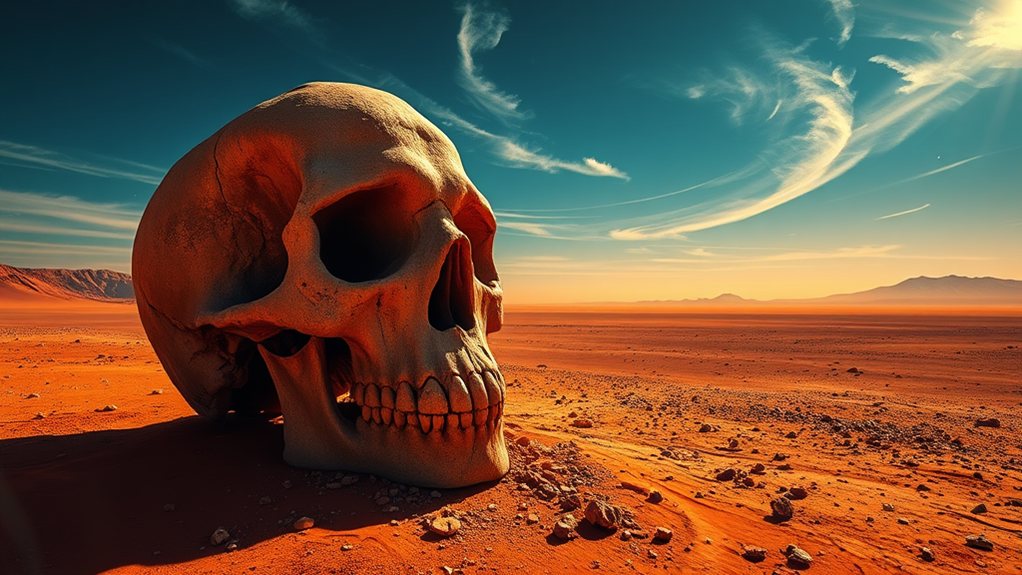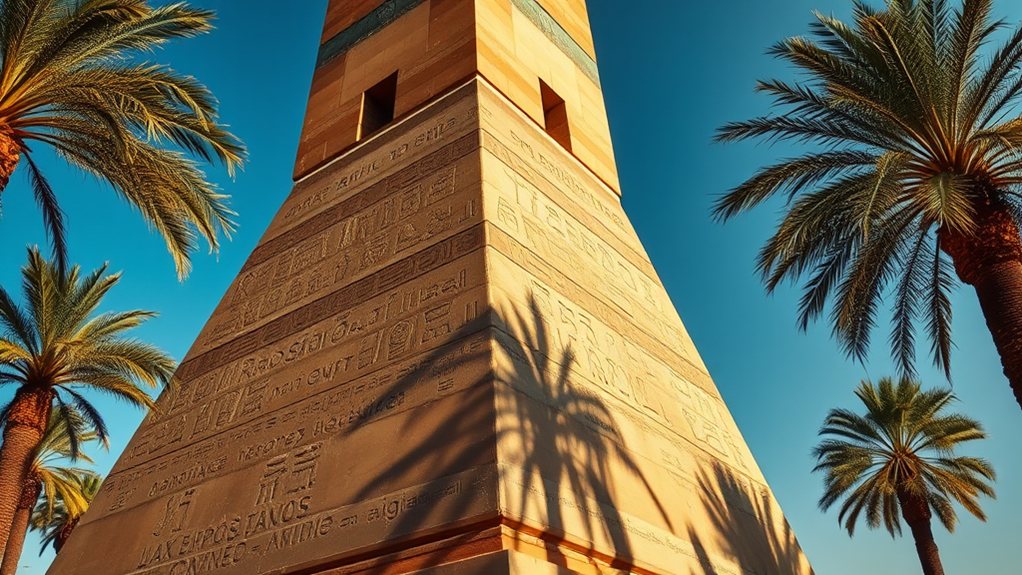
When you look up at the Great Pyramid of Giza, it’s hard not to wonder how ancient Egyptians built such an incredible structure over 4,500 years ago. The massive structure, which remained the world’s tallest building until the 14th century, consists of roughly 2.3 million limestone blocks weighing between 2.5 and 70 tons each.
The mystery of the pyramids’ construction has led many to suggest that aliens must have helped build them. This theory gained popularity after Garrett P. Serviss first proposed it in 1898, and it received renewed attention when Erich von Däniken published “Chariots of the Gods” in 1968. Recently, Elon Musk sparked controversy by tweeting “Aliens built the pyramids obv,” drawing criticism from experts worldwide.
You might be surprised to learn that the Great Pyramid was built in just 24 years for Pharaoh Khufu. To meet this timeline, workers would have needed to place one block every two minutes.
Recent discoveries have made the pyramids even more fascinating, including an underground city beneath them with eight vertical columns and geometric passages descending more than a mile into the sand.
Scientists have used advanced technology to explore the pyramids’ secrets. The ScanPyramids project employs cosmic particles called muons to map the internal structure, revealing previously unknown chambers. Thermal scanning has also identified unusual temperature patterns at the pyramid’s base, suggesting there might be hidden rooms yet to be discovered.
However, Egyptologists strongly reject the alien construction theory. Expert Zahi Hawass calls it a “complete hallucination,” while Professor Joyce Tyldesley points out that suggesting ancient Egyptians couldn’t have built the pyramids has racist undertones.
The Egyptian Museum in Cairo displays 4,500-year-old papyrus documents that detail the daily lives of the pyramid builders, providing clear evidence of human ingenuity and construction methods. These ancient builders proved that humans are capable of extraordinary achievements without extraterrestrial help.






